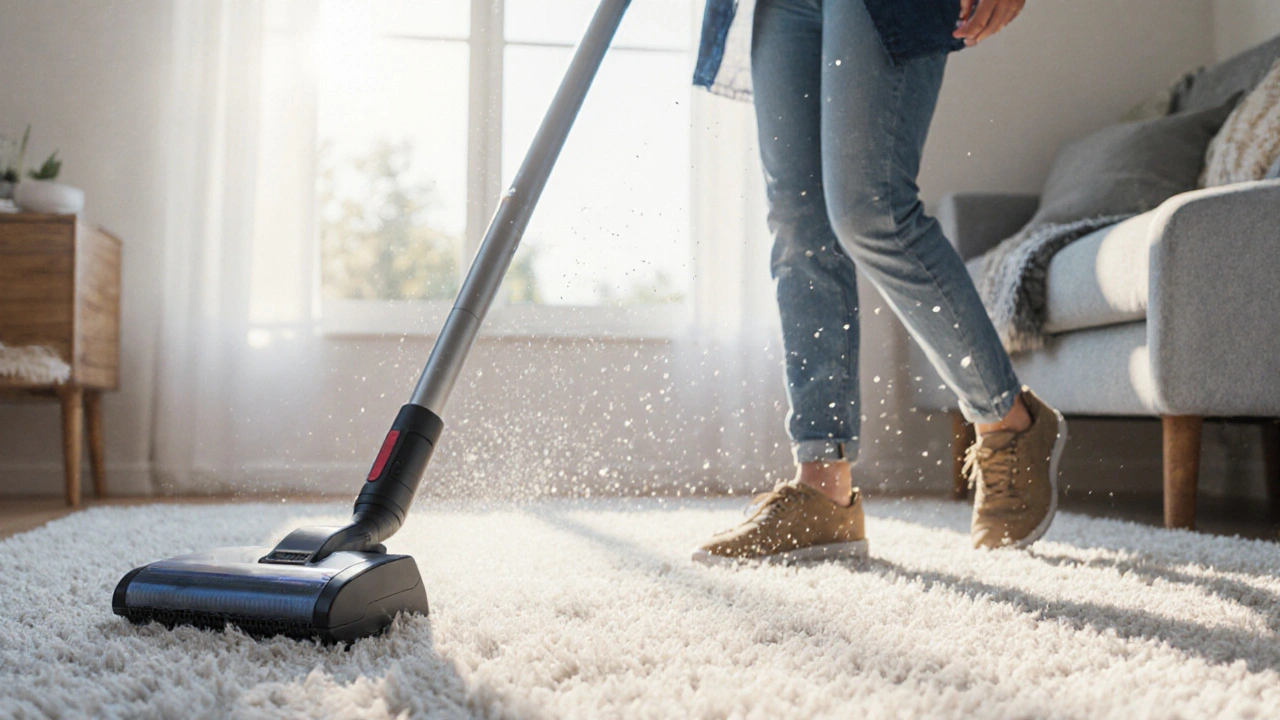Dust Mites: Health Impact, Prevention & Management
When dealing with dust mites, tiny arthropods that thrive in warm, humid indoor environments and feed on skin flakes. Also known as house dust mites, they become a hidden health hazard once their numbers grow unchecked.
One of the most common ways dust mites affect us is through allergies, immune reactions triggered by proteins in mite feces and bodies. These allergies often show up as sneezing, itchy eyes, or a runny nose, especially in the bedroom where bedding provides a perfect breeding ground. Asthma, a chronic airway condition that can be aggravated by inhaled allergens, frequently worsens when dust‑mite exposure spikes. In fact, the relationship can be summed up as: dust mites cause allergic reactions; allergic reactions increase the risk of asthma attacks.
Beyond personal symptoms, dust mites also influence indoor air quality, the overall cleanliness and chemical composition of the air inside homes and workplaces. High humidity and poor ventilation create a humid micro‑climate that lets mites multiply, while their waste particles become airborne and lower the air's purity. The semantic link is clear: indoor air quality determines dust mite prevalence, and mite prevalence directly impacts health outcomes like allergies and asthma.
So, how can you break this cycle? Practical cleaning steps start with controlling humidity—keep indoor levels below 50% using dehumidifiers or air conditioners. Wash bedding weekly in hot water (at least 60 °C) to kill any hidden mites, and consider dust‑mite‑proof covers for mattresses and pillows. Vacuum regularly with a HEPA‑filter machine to capture fine particles, and don’t forget soft furnishings like curtains and upholstered furniture, which can harbor colonies.
Another effective strategy is reducing the food source for mites. Regularly dust surfaces with a damp cloth rather than a dry feather duster, which merely spreads allergens. Minimizing clutter, especially stuffed toys or excessive carpets, removes hidden reservoirs. If you have a pet, keep its sleeping area separate from human beds, as pet dander can feed mites and compound allergic reactions.
For those already experiencing symptoms, medical options complement environmental control. Antihistamines can lessen sneezing and itching, while nasal corticosteroid sprays target inflammation directly. In severe asthma cases, a doctor may prescribe inhaled steroids or biologic therapies that specifically address allergen‑driven triggers. However, these treatments work best when paired with a clean home—removing the source reduces the medication dose needed.
Understanding dust mites, their link to allergies, asthma, and indoor air quality empowers you to take decisive action. Below you’ll find a range of articles that dive deeper into each aspect—from detailed cleaning guides to the latest research on mite‑related respiratory issues. Use them to build a personalized plan that keeps your living space healthy and your breathing easy.

Choosing the Best Vacuum Cleaner for Year‑Round Allergy Relief
- Oct, 14 2025
- 15
A step‑by‑step guide to picking the perfect vacuum cleaner for constant allergy relief, covering filters, power options, maintenance, and top buying tips.
Categories
- Medication Information (74)
- Health and Wellness (45)
- Women's Health (5)
- Supplements (5)
- Pharmacy Reviews (5)
- Dermatology (4)
- Fitness and Wellness (3)
- Support Resources (3)
- Nutrition (2)
- Mental Health (2)
Archives
- December 2025 (16)
- November 2025 (24)
- October 2025 (29)
- September 2025 (14)
- August 2025 (2)
- July 2025 (7)
- June 2025 (2)
- May 2025 (3)
- April 2025 (4)
- March 2025 (3)
- February 2025 (1)
- January 2025 (3)
- online pharmacy
- dietary supplement
- health benefits
- side effects
- treatment
- wellness
- optimal health
- safe medication purchase
- online pharmacy Australia
- medication safety
- link
- women's health
- dietary supplements
- sleep
- asthma treatment
- diabetes management
- post-exposure prophylaxis
- type 2 diabetes medication
- ED medication comparison
- compare
